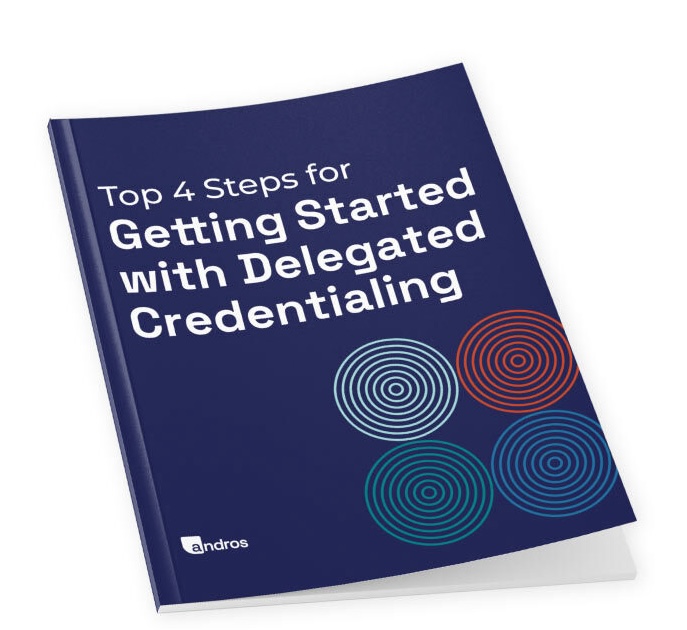
Credentialing is a critical step in provider enrollment, but can be time-consuming and require significant administrative effort. Delegated credentialing offers a solution—enabling provider groups to streamline the process, reduce administrative burden, and accelerate access to care. This eBook explores the essential steps for getting started with delegated credentialing while ensuring compliance and maximizing efficiency.
What you’ll learn:
Get your copy of the eBook to learn how delegated credentialing can transform your provider enrollment process!


Get in touch with us and a member of our expert team can answer any questions you have!
Offering comprehensive, end-to-end healthcare provider network management services, including recruitment and contracting, credentialing, and provider data management.